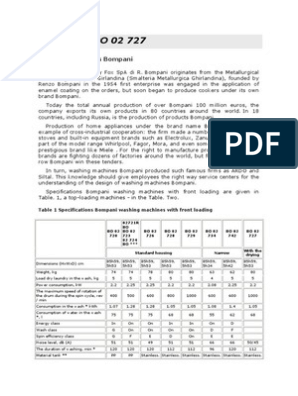0% found this document useful (0 votes)
996 views20 pagesAmortization and Uniform Arithmetic Gradient
Amortization is a method of repaying debt with periodic payments that pay off both principal and interest. An amortization schedule shows the breakdown of each payment between interest and principal. The amortization formula calculates the periodic payment amount based on the principal, interest rate, and number of payments. Examples demonstrate calculating payments and constructing amortization schedules for loans amortized over several periods with equal installment payments.
Uploaded by
Cyril Jay G. OrtegaCopyright
© © All Rights Reserved
We take content rights seriously. If you suspect this is your content, claim it here.
Available Formats
Download as PDF, TXT or read online on Scribd
0% found this document useful (0 votes)
996 views20 pagesAmortization and Uniform Arithmetic Gradient
Amortization is a method of repaying debt with periodic payments that pay off both principal and interest. An amortization schedule shows the breakdown of each payment between interest and principal. The amortization formula calculates the periodic payment amount based on the principal, interest rate, and number of payments. Examples demonstrate calculating payments and constructing amortization schedules for loans amortized over several periods with equal installment payments.
Uploaded by
Cyril Jay G. OrtegaCopyright
© © All Rights Reserved
We take content rights seriously. If you suspect this is your content, claim it here.
Available Formats
Download as PDF, TXT or read online on Scribd
/ 20




























































































